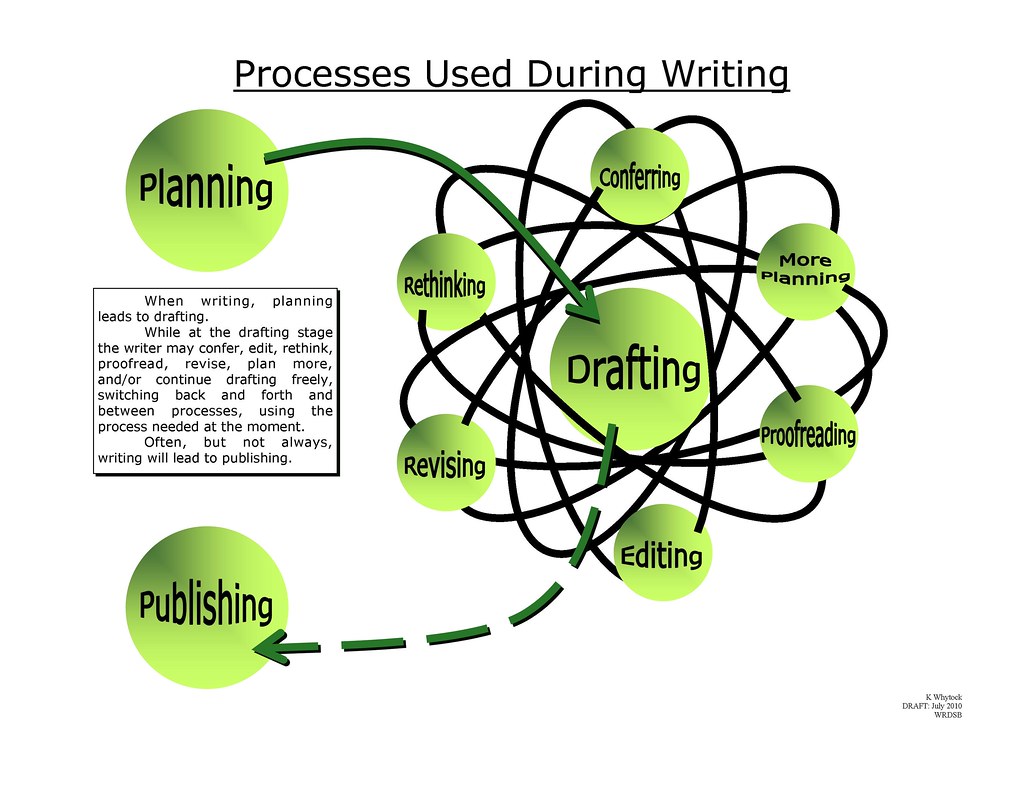Extreme Programming - Agile Development for Continuous Improvement
In the dynamic field of software engineering, adapting to changes quickly and efficiently is crucial. Extreme Programming (XP), an agile development methodology introduced by Kent Beck, is specifically designed to address this need. XP is characterized by a focus on adaptability, predictability, and a commitment to teamwork and customer satisfaction. This blog post explores the core principles of Extreme Programming, its benefits, and how its practices foster continuous improvement in the software development cycle.
What is Extreme Programming?
Extreme Programming (XP) is an agile software development methodology that emphasizes high customer satisfaction, efficient teamwork, and adaptability. Unlike traditional software development, which often relies on rigid long-term planning, XP is highly flexible and encourages continuous iteration based on customer feedback and changes in requirements.
- Core Characteristics of XP:
- Adaptability: XP operates under the belief that change is inevitable. Rather than trying to avoid changes, XP embraces them, allowing teams to adapt quickly as the project evolves.
- Customer-Centric Development: Customer feedback plays a central role in shaping the development process. XP ensures that developers work closely with customers, allowing continuous adaptation to meet their expectations.
- Teamwork: XP involves close collaboration among developers, project managers, and customers. This teamwork ensures that the project is moving in the right direction and that everyone shares the same goals.
Kent Beck on Extreme Programming
Benefits of Extreme Programming
XP offers several benefits that align with modern software development practices, particularly within the context of agile methodologies.
Automated Testing and Continuous Feedback: One of XP’s most notable features is its emphasis on automated testing. Automated tests provide real-time feedback on the quality of the code and the overall system. Teams working with XP often practice Test Driven Development (TDD), which ensures that code is constantly validated against requirements.
- Continuous Integration: XP advocates for frequent integration of new code. This practice ensures that the software is always up-to-date, reducing integration issues and allowing for incremental improvements.
Cost-Effective Adaptation to Change: By working in short development cycles, XP allows teams to adapt quickly to changes. This reduces the cost and risk associated with last-minute changes or the addition of new features, making it particularly suitable for projects where requirements evolve frequently.
Key Practices of Extreme Programming
To achieve its goals, XP employs a set of practices that ensure efficient project management, customer satisfaction, and quality software.
- Test-Driven Development (TDD):
- In TDD, developers write tests before writing the corresponding code. This approach ensures that the software is always built with the required functionality in mind, minimizing errors and improving quality. Automated tests act as a safety net, allowing developers to refactor code confidently.
- Pair Programming:
- XP encourages pair programming, where two developers work together on the same codebase. This enhances code quality by incorporating real-time reviews and sharing knowledge between team members. Pair programming helps to prevent common mistakes and promotes best coding practices.
- Continuous Planning and Design:
- Planning in XP is not a one-time task. It occurs throughout the project, with frequent customer interactions guiding the team. The design is kept simple and evolves over time as new requirements and insights emerge.
How XP Encourages Teamwork and Customer Satisfaction
One of the key strengths of XP is its focus on teamwork and keeping the customer at the center of development.
Customer Involvement: Customers are involved in the planning process, providing feedback on iterations and shaping future development cycles. This involvement ensures that the product meets customer needs and adjusts to any changes in requirements.
Communication and Collaboration: XP promotes continuous communication among team members. This includes developers, testers, and stakeholders. The open communication channel helps in promptly addressing any issues that arise, maintaining the project’s alignment with customer goals.
Respect and Courage: XP values respect within the team, ensuring that all contributions are acknowledged and valued. Courage is also a core value—developers are encouraged to make bold changes if it improves the product, with the assurance that automated tests will help catch any issues.
Extreme Programming is more than just an agile development process—it is a mindset that encourages adaptability, collaboration, and continuous improvement. By emphasizing customer satisfaction, teamwork, and iterative planning, XP helps software teams develop high-quality products that respond effectively to changing requirements. The practices of XP, such as TDD, pair programming, and continuous integration, create a robust framework for building software that meets modern challenges.
If you’re interested in implementing XP practices in your development process, consider starting with TDD or pair programming to experience the benefits firsthand. Explore the references provided to deepen your understanding of how XP can bring positive changes to your workflow.
